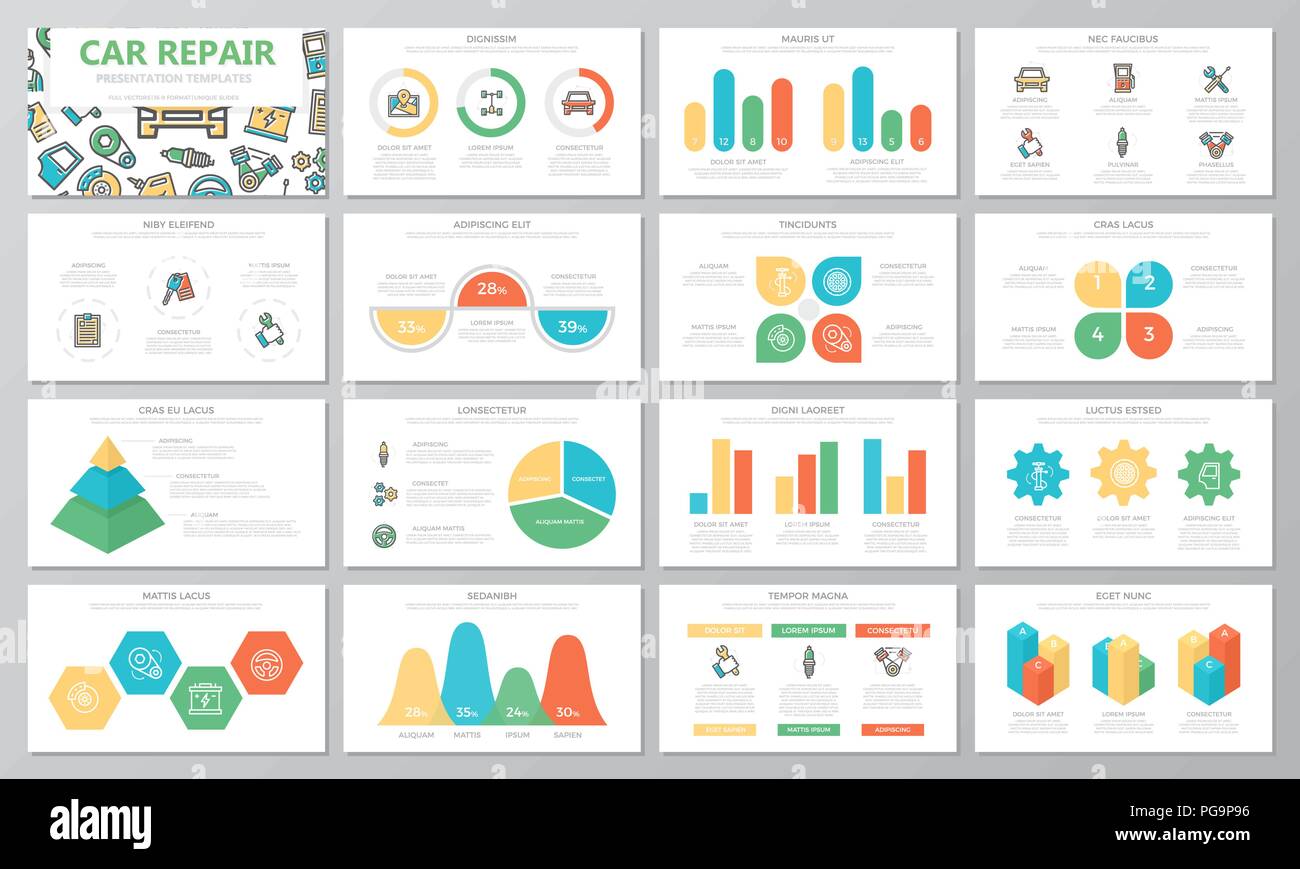Understanding The Definition Behind Your Car'S Caution Lights: A Comprehensive Appearance
Understanding The Definition Behind Your Car'S Caution Lights: A Comprehensive Appearance
Blog Article
Web Content Writer-Lauritsen Shepherd
When you're behind the wheel, those radiant warning lights on your dashboard can be a bit difficult. Do you recognize what they're attempting to inform you about your car's health? Understanding the value of these lights is essential for your safety and security and the durability of your lorry. So, the following time one of those lights appears, wouldn't you intend to decipher its message accurately and take the required steps to address it?
Common Caution Lights and Interpretations
Determine typical warning lights in your car and comprehend their significances to make sure safe driving.
One of the most common warning lights consist of the check engine light, which signals issues with the engine or exhausts system. If this light begins, it's crucial to have your automobile examined promptly.
The oil pressure alerting light suggests reduced oil pressure, calling for prompt focus to avoid engine damages.
A blinking battery light may recommend a defective billing system, potentially leaving you stranded if not resolved.
The tire pressure tracking system (TPMS) light informs you to low tire stress, influencing lorry stability and fuel efficiency. Overlooking this could bring about dangerous driving conditions.
The abdominal muscle light indicates a problem with the anti-lock stopping system, compromising your ability to stop rapidly in emergencies.
Lastly, the coolant temperature level warning light warns of engine getting too hot, which can result in severe damages otherwise dealt with swiftly.
Comprehending these usual caution lights will certainly help you deal with problems quickly and maintain secure driving problems.
Significance of Prompt Focus
Comprehending the common caution lights in your vehicle is just the initial step; the significance of immediately dealing with these cautions can not be stressed sufficient to guarantee your safety when traveling.
When a caution light brightens on your control panel, it's your automobile's method of connecting a possible issue that needs attention. Ignoring these warnings can cause extra extreme problems in the future, endangering your safety and possibly costing you much more out of commission.
yacht detailer to warning lights can avoid breakdowns and accidents. For instance, a blinking check engine light could show a misfire that, if left unattended, can trigger damage to the catalytic converter. Addressing this promptly can save you from a pricey repair work.
In a similar way, a brake system cautioning light might signal low brake liquid or worn brake pads, essential parts for your safety when driving.
DIY Troubleshooting Tips
If you notice a caution light on your control panel, there are a few DIY fixing suggestions you can attempt prior to looking for specialist assistance.
The primary step is to consult your vehicle's guidebook to recognize what the particular warning light shows. Occasionally the problem can be as easy as a loosened gas cap setting off the check engine light. Tightening the gas cap might solve the problem.
One more common issue is a reduced battery, which can activate various warning lights. Inspecting the battery links for deterioration and guaranteeing they're protected may deal with the issue.
If a caution light continues, you can attempt resetting it by separating the car's battery for a few minutes and then reconnecting it. Furthermore, inspecting your car's fluid levels, such as oil, coolant, and brake liquid, can assist fix advising lights associated with these systems.
see this website
In conclusion, understanding your cars and truck's caution lights is important for keeping your automobile running smoothly and safely. By quickly resolving these signals and recognizing what they indicate, you can stay clear of pricey repairs and prospective malfunctions.
Keep in mind to consult your vehicle's guidebook for specific details on each cautioning light and do something about it accordingly to guarantee a trouble-free driving experience.
Remain notified, remain risk-free when driving!
